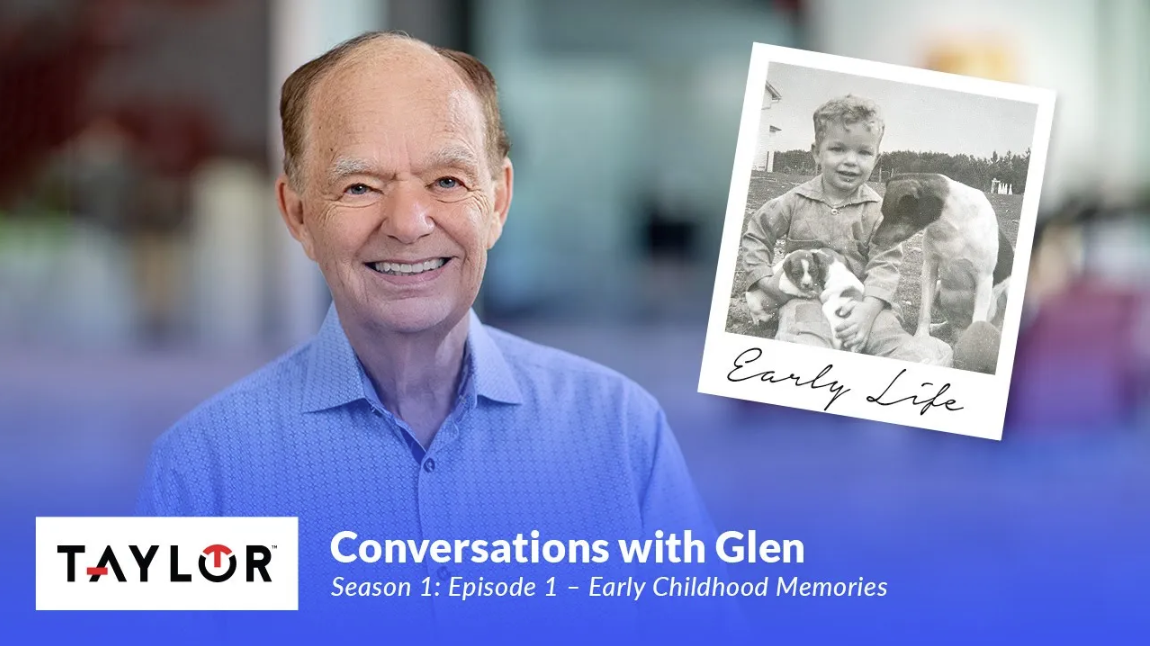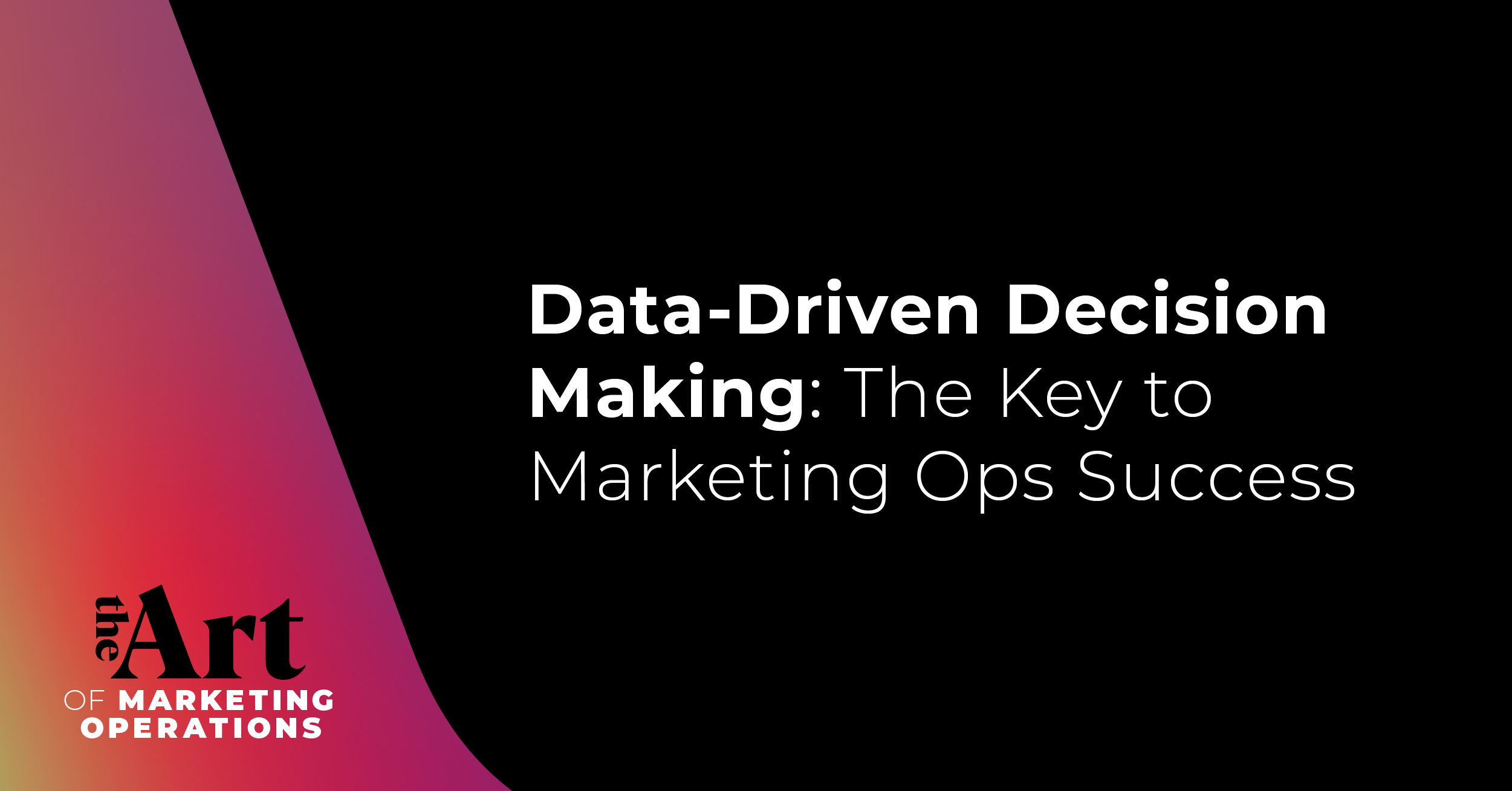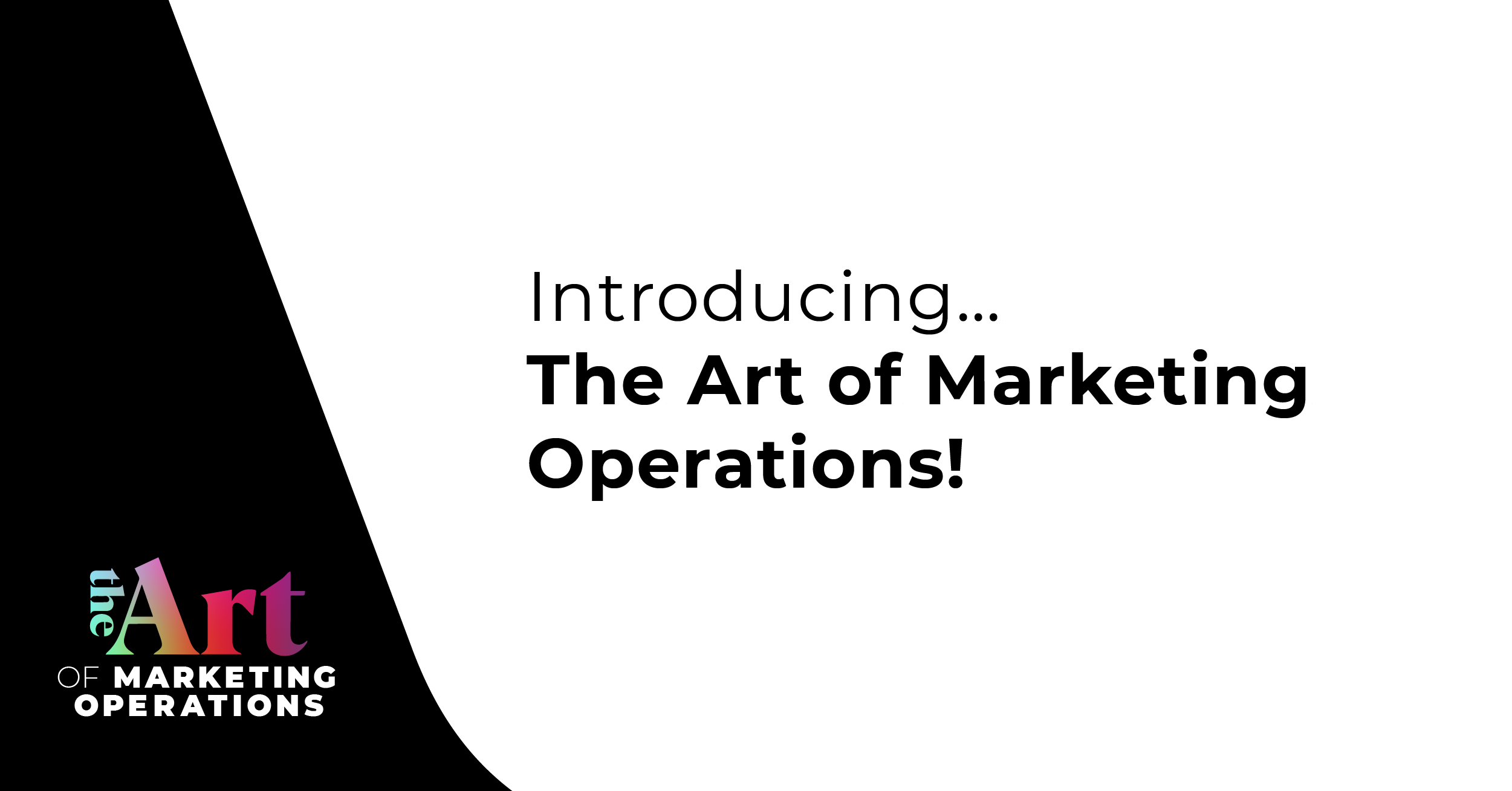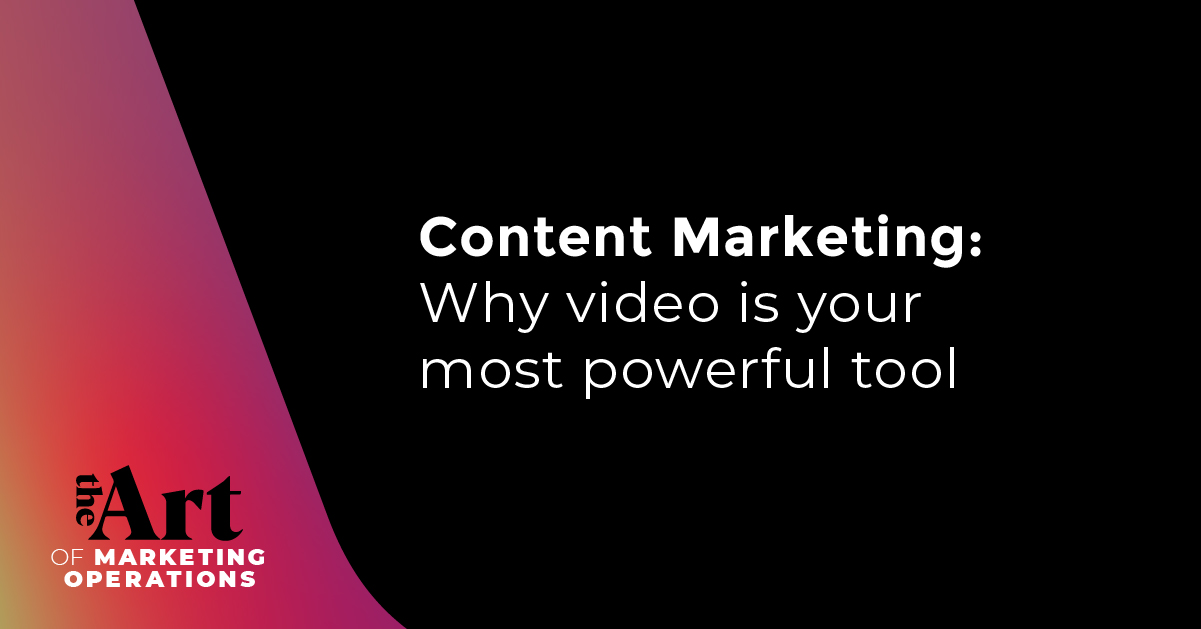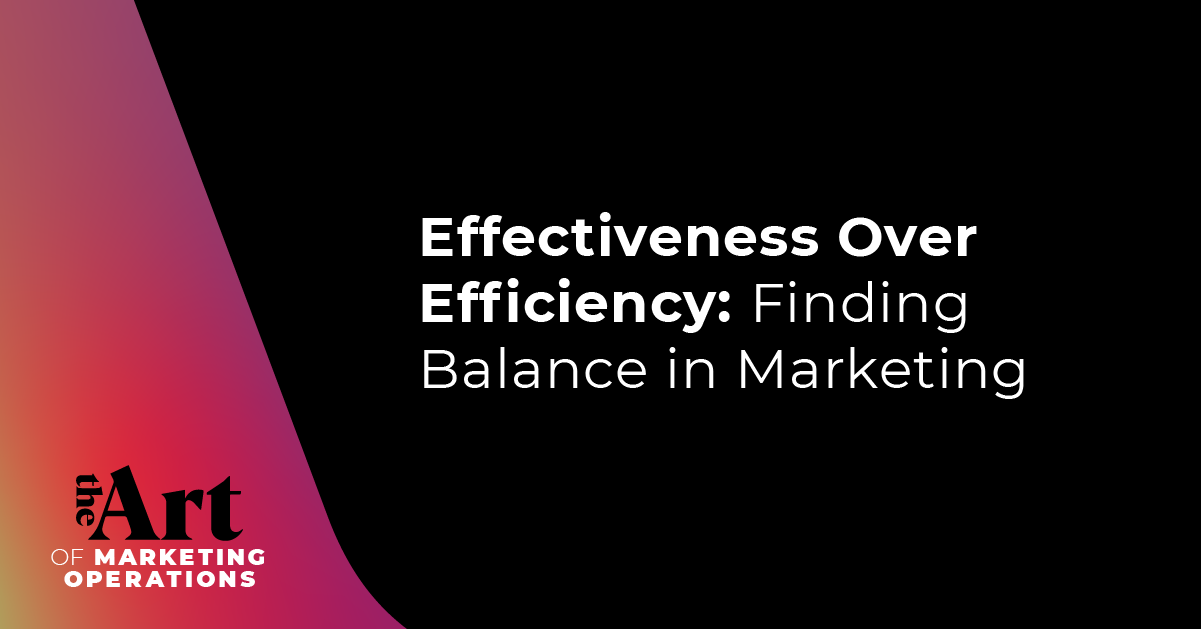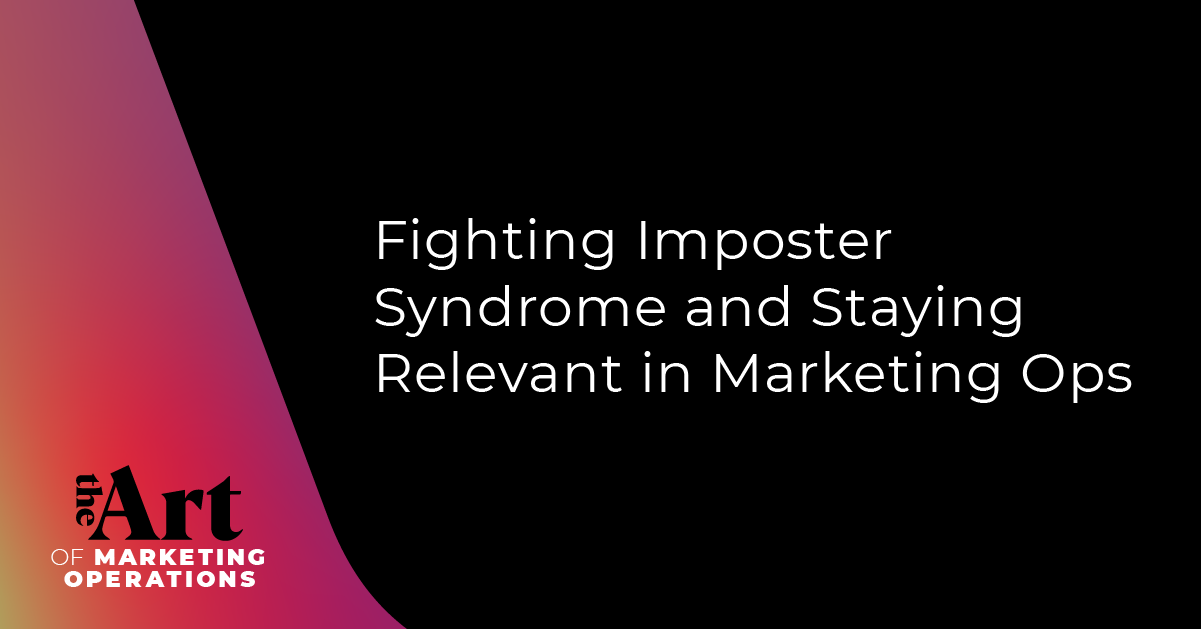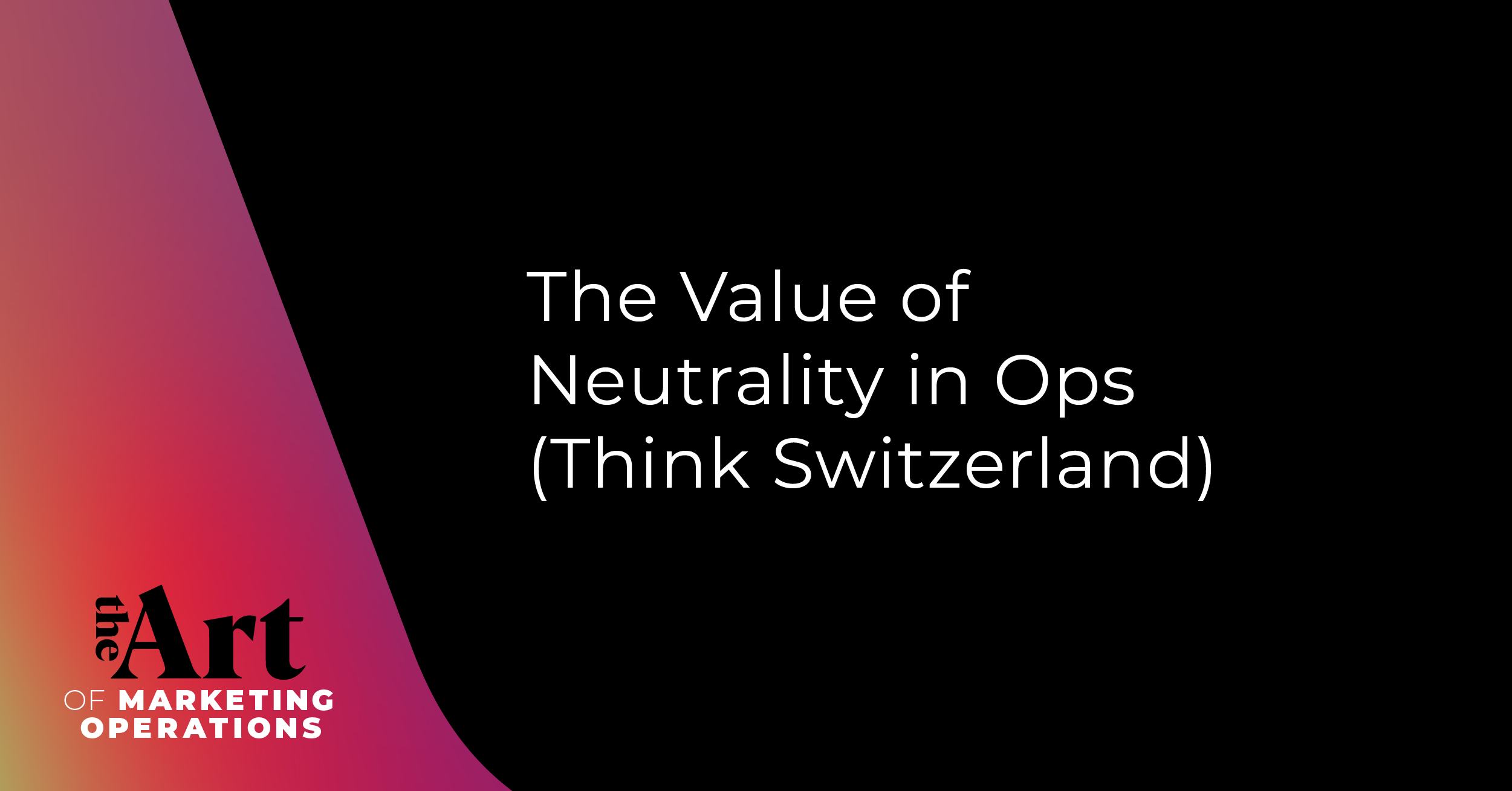OpenAI has been given a big boost with the launch of programs like ChatGPT and everyone is buzzing (or complaining) about its potential.
But just how the new technology will shape the future of marketing operations is largely up to how we in the industry harness it.
Our host, Glenn Bottomly, Ph.D., Chief Marketing Officer at Taylor, breaks down the opportunities that OpenAI can have for marketing teams everywhere.
Join us as Glenn explores:
- Microsoft’s plans to incorporate ChatGPT into its products
- Leveraging AI in physical marketing tactics
- Finding ways to reduce costs and reallocate resources with AI
Are artificial intelligence platforms a threat or a chance for creatives to increase productivity and discover more effective methodologies?
Let’s dive deeper.
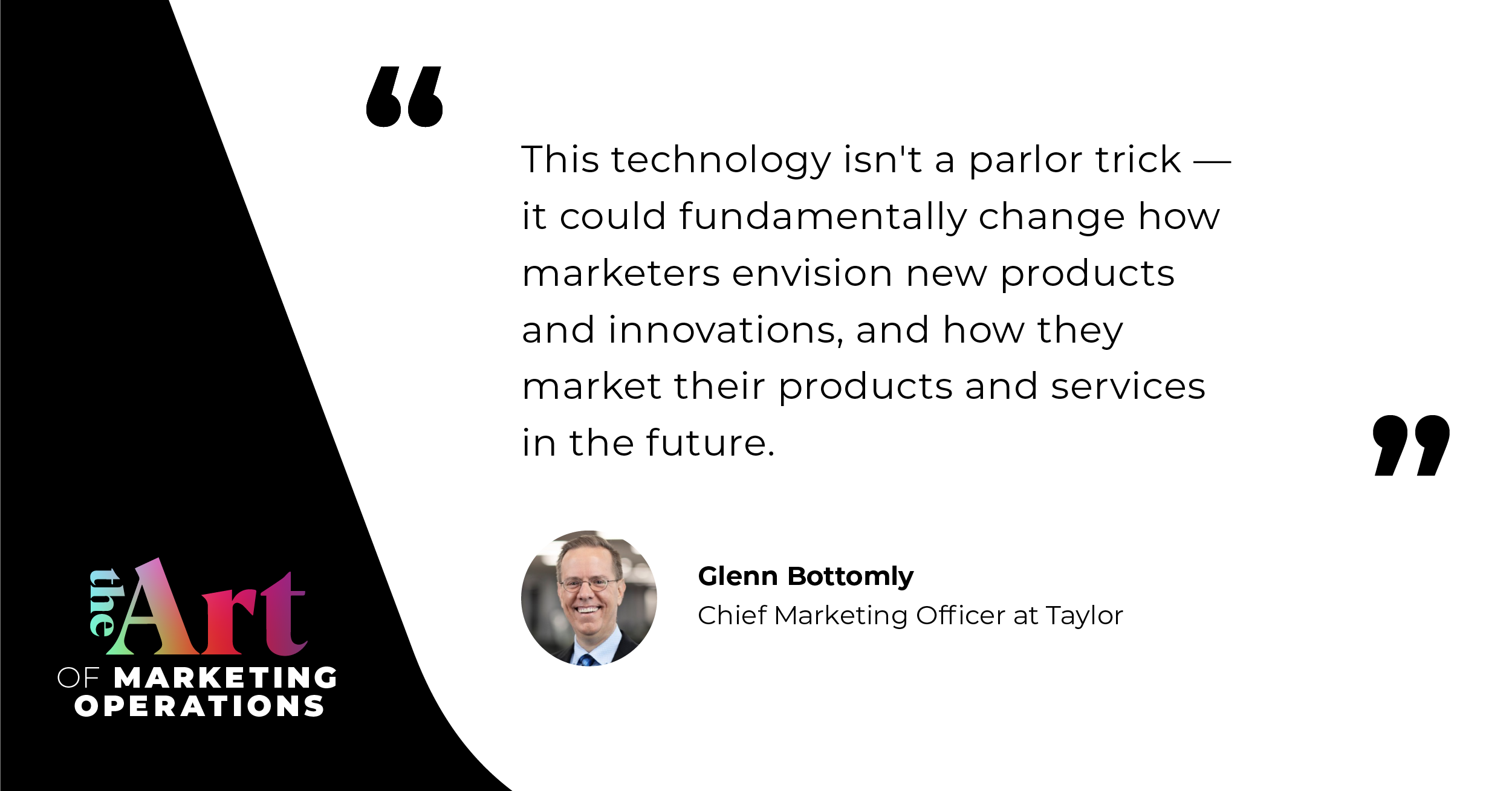
Game-changing enhancements
Forward-thinking tech founders like Elon Musk and Reid Hoffman have invested billions in OpenAI since 2015.
In July 2019, Microsoft CEO Satya Narayana Nadella “was so impressed” with the possibilities that he pledged $1B and a partnership with the industry megalith to develop supercomputing capabilities for Azure, Microsoft’s public cloud infrastructure platform.
When ChatGPT (Generative Pre-training Transformer) went live in November 2022, people marveled at the outcomes. Of course, there were some unpleasant surprises — the human-trained AI replies included “hurtful speech, biased language, and sometimes answers that are simply too general to be of use or even flat-out inaccuracies.”
Regardless of the initial missteps, Microsoft is planning to incorporate this technology into every single one of its products, bringing “game-changing enhancements” to Bing’s internal search capabilities.
This makes the C-suite at Google somewhat nervous. They’ve repeatedly warned against the irresponsibility of releasing these types of tools prematurely and they have a “vested interest” in positioning their organization as a gatekeeper for AI advancement.
And ChatGPT isn’t the only player in the game. Dall-E, another platform by OpenAI, allows users to create stunning visual images from a text description within just a few seconds. Some of the computer-generated artwork is beautiful, and some of it is downright disturbing, landing squarely in the uncanny valley.
Midjourney is an independent research lab that also crafts beautifully detailed AI-driven content from simple text commands. With these emerging tools offering literally limitless possibilities, what’s in store for marketing ops teams?
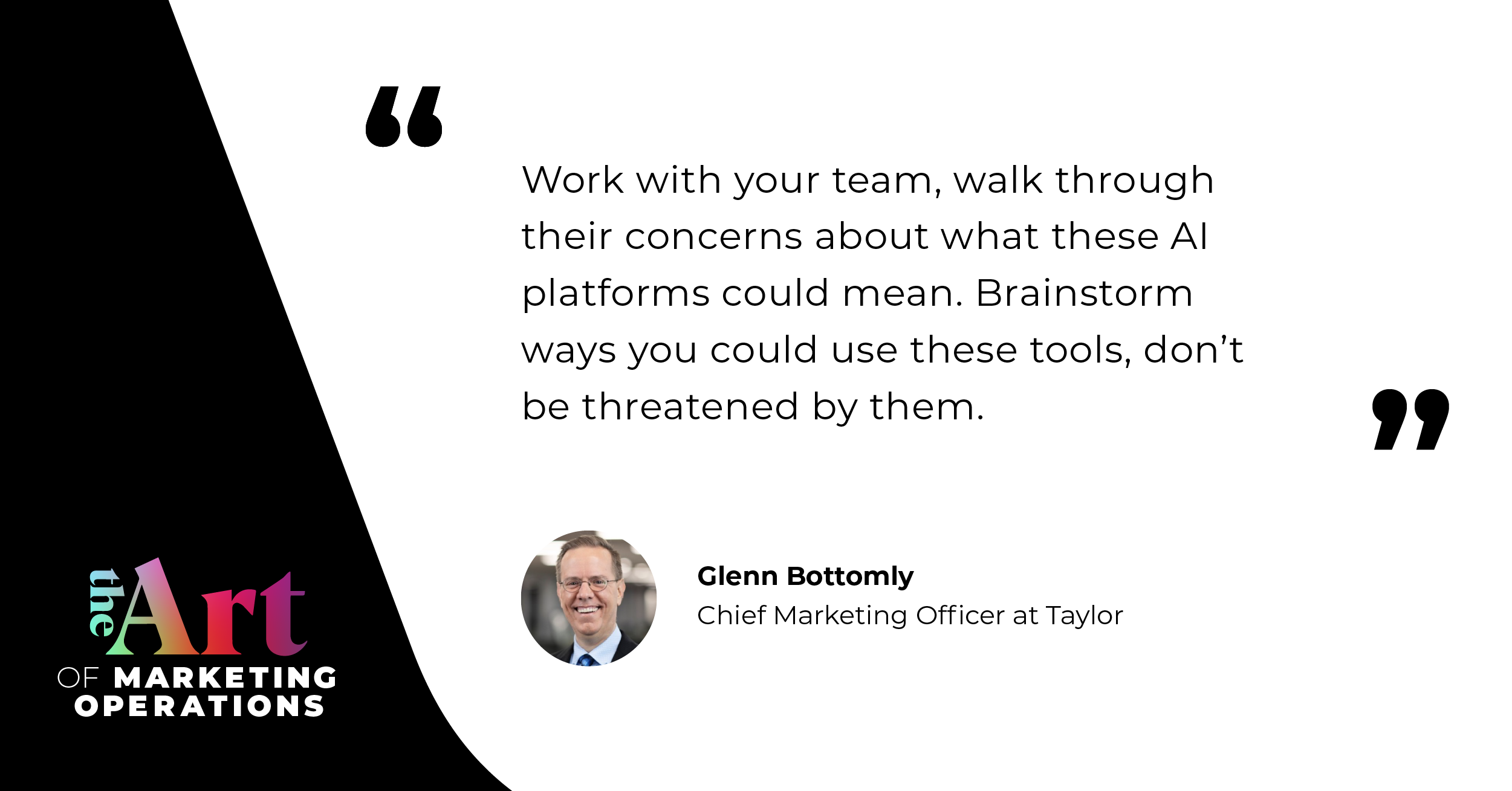
More than a parlor trick
Teachers fear students could use ChatGPT to write papers and cheat on their assignments. The story about a professor at Wharton giving ChatGPT a grade of B- on an MBA exam went viral immediately. Professional content writers and graphic designers are furiously worried they could be declared obsolete at any time.
And however clunky it is now, the output is only going to get better. In 5 years or less, “copy images, video, and more could all just be generated instantaneously with high quality, high accuracy, and high applicability for any business use case.”
This presents both threats and opportunities for this industry. But operations teams should ground their discussion around the incredible promise that artificial intelligence offers for innovating marketing strategies for products and both digital and physical channels.
.png?width=2501&height=1309&name=Copy%20of%20EP42%20HQ%20v1%20Dr.%20Glenn%20Bottomly%202121_quote1%20copy%202%20(1).png)
Science fiction savings
It’s crucial for marketers to stay focused on the positive aspects of utilizing AI tools to increase productivity and reach an ever-larger audience.
Automate everything from SMS messaging to social media posts and offer your audience a totally customized and dynamic experience. Effortlessly manage SEO and any and all marketing materials with AI-generated content that’s ready to go in just moments.
While this content is fast and easy, it’s not yet perfect, and there are ethical considerations as well as concerns about fakery and abuse.
Operations teams should use AI to automate repetitive tasks and save time and energy for more worthwhile projects. It will do all the behind-the-scenes drudgery and help businesses create ultra-personalized sales and trade-show materials on the fly, brainstorming ideas faster and easier.
Dall-E’s amazingly detailed and dramatic images can also be used to inspire fresh new booth concepts and other elements of product design.
It’s important to note that using these platforms incorrectly could introduce a real-world risk for your marketing team and your organization. Like any tool, artificial intelligence needs human input to deliver the best results.
AI is also not very good yet at capturing a specific tone or brand voice. Your marketing team is what will actually “bring the magic of your brand to life.”
What to learn more about how to differentiate your brand with a values-first approach? Listen on Spotify, Apple Music, or wherever you find your podcasts.


